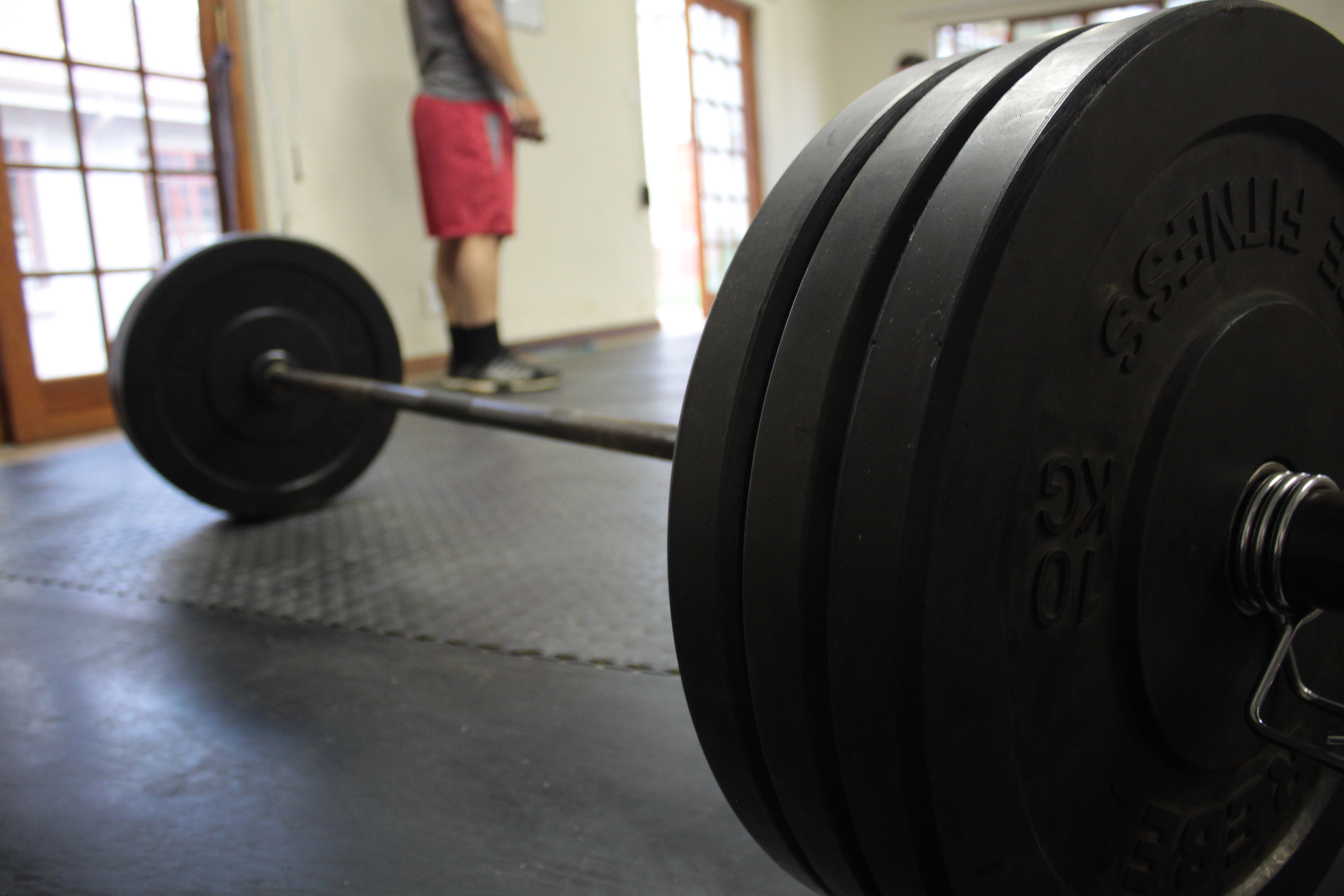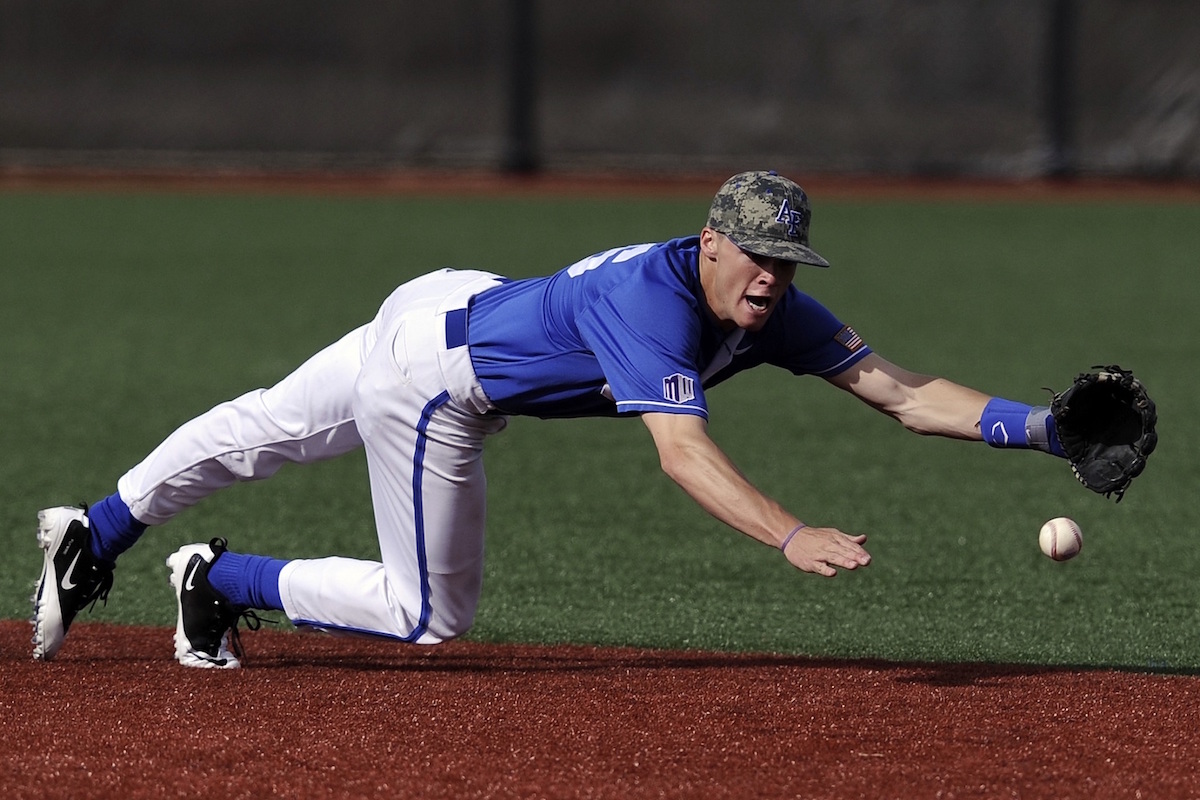Dr. Vladimir Issurin, who has a number of books out on periodization, has written an interesting article for the August issue of Sports Medicine on the transfer of training. Issurin makes the point that the transfer of training to competition is the key problem with all training (strength, conditioning, speed, agility, technical, and tactical training) and that assumptions that are made about this are not always valid. Towards the beginning of his article, he makes the point that as important as this concept is, there is little research on it.
This is an extremely important topic. With regards to the training of athletes, we’re not interested in training, strength, speed, power, etc. merely for the sake of attaining those qualities. We are interested in developing those qualities so that they improve sports performance. If they don’t improve sports performance, then why spend time on them?
So this is the key matter for strength and condition: using strength and conditioning as a vehicle to help to improve sports performance. In this article, he contrasts the transfer of technical skills (like dribbling the basketball) compared to motor abilities (like strength). Issurin feels that the transfer of technical skills is more difficult than the transfer of motor abilities and that this also depends upon the athlete’s level of development – higher level athletes don’t receive the same benefit from “general” exercises that lower level athletes do (i.e. lower level athletes get more benefit from a wider variety of exercises than higher level athletes do).
Another fascinating part of the article is a discussion of the value of concurrent strength and endurance training (i.e. power/strength training combined with endurance training). Basically, this kind of training may have a benefit to an endurance athlete but not to a strength/power athlete. For the endurance athlete there are several benefits for strength/power training. These include:
- Hypertrophy of IIa and I muscle fibers, shift from IIb to IIa and I
- Increased work economy
- Enhanced peripheral blood circulation
Interestingly, the author feels that it will not be beneficial to swimming. He feels this is due to the lack of eccentric movement phases in swimming (i.e. no benefit from enhanced musculotendinous stiffness or elastic energy) and to the fact that swimming performance is dictated frequently by stroke patterns which are very specific neuromuscular patterns.
He also cautions that endurance training can interfere with gains from strength training, for example too many endurance training sessions will deplete energy resources necessary for hypertrophy.
The author also examines the impact of endurance training on strength/power training and it is not positive. His two major points on this are that endurance training’s hormonal effect may counteract the hormonal effect of strength training. Many individuals feel that the acute hormonal response from strength training drives the adaptations from it, of performing endurance training interferes with this then it would interfere with adapting from strength training. In addition, the author states that endurance training may interfere with protein synthesis.
Issurin is a polarizing figure so the article is an interesting read. He’s one of those old Soviet-era sport scientists (I believe he’s now in Israel) and he has put out some books that some people swear by. The points that the author covered are very interesting but I was a little disappointed in this article because it never really addressed the transfer of training to sports performance (except endurance and strength/power – which are motor abilities). For example, does improving leg strength increase a person’s sprinting speed? How about their free throw accuracy? This type of thing would be extremely valuable to the practitioner and coach.
Issurin, V.B. (2013). Training transfer: Scientific background and insights for practical application. Sports Medicine, 43: 675-694.



